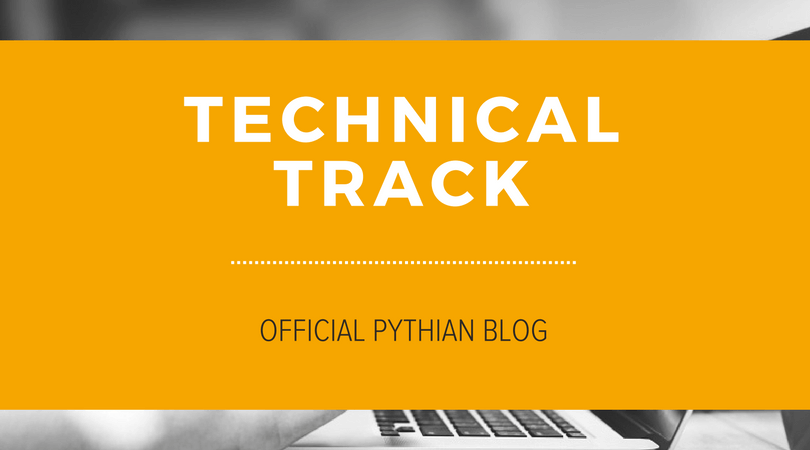Making a business case for Machine Learning
On this page
Share this
Share this
More resources
Learn more about Pythian by reading the following blogs and articles.
Troubleshooting an enterprise user security database login and sudden ORA-12154


Troubleshooting an enterprise user security database login and sudden ORA-12154
May 30, 2019 10:19:00 AM
4
min read
Dockerized PMM in production


Dockerized PMM in production
Mar 7, 2018 12:00:00 AM
4
min read
How to recover a subset of an Oracle database
![]()
How to recover a subset of an Oracle database
Dec 9, 2013 12:00:00 AM
4
min read
Ready to unlock value from your data?
With Pythian, you can accomplish your data transformation goals and more.
